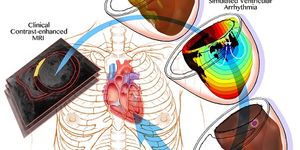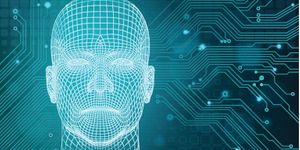The Future House Robot?
In a recent publication, researchers from MIT's Computer Science and Artificial Intelligence Laboratory (CSAIL), have made a key development in the area of robotics by developing a system that allows robots to randomly inspect objects and visually understand in order to complete specific tasks. The new system is being referred to as "Dense Object Nets" (DON) and looks at objects as a collection of points that serve as "visual roadmaps". The approach will allow robots to better understand and manipulate items.This can be very useful in household tasks especially right now when many are spending cash for houses.

"Many approaches to manipulation can't identify specific parts of an object across the many orientations that object may encounter," says PhD student Lucas Manuelli. "For example, existing algorithms would be unable to grasp a mug by its handle, especially if the mug could be in multiple orientations, like upright, or on its side." The research team views potential applications for DON that are not strictly for manufacturing settings but also used at homes.
The DON system produces a series of coordinates on a given object, which creates "visual roadmap" of the objects allowing the robot a better understanding of what it needs to grab. The team trained DON to look at objects as points that compose a larger coordinate system; thus mapping different points together to visualize the object's 3-D shape. This is similar to how panoramic photos are sewn together to create multiple photos. “In factories robots often need complex part feeders to work reliably," says Manuelli. "But a system like this that can understand objects' orientations could just take a picture and be able to grasp and adjust the object accordingly."
Researchers hope in the future to advance the system to be oriented in a place where it can perform certain tasks with a deeper understanding of the corresponding objects.
The study will be represented in the Conference on Robot Learning in Zürich, Switzerland.








